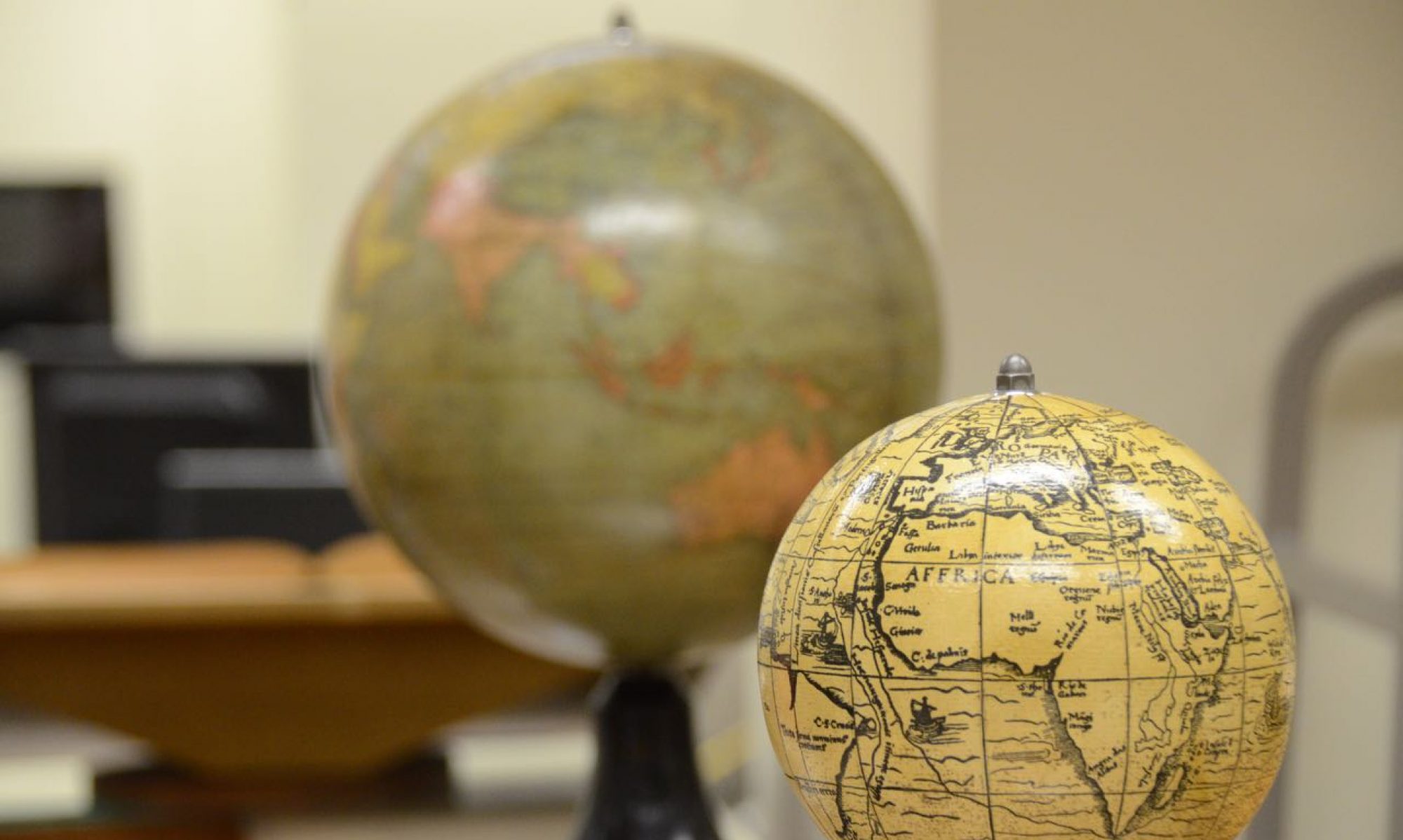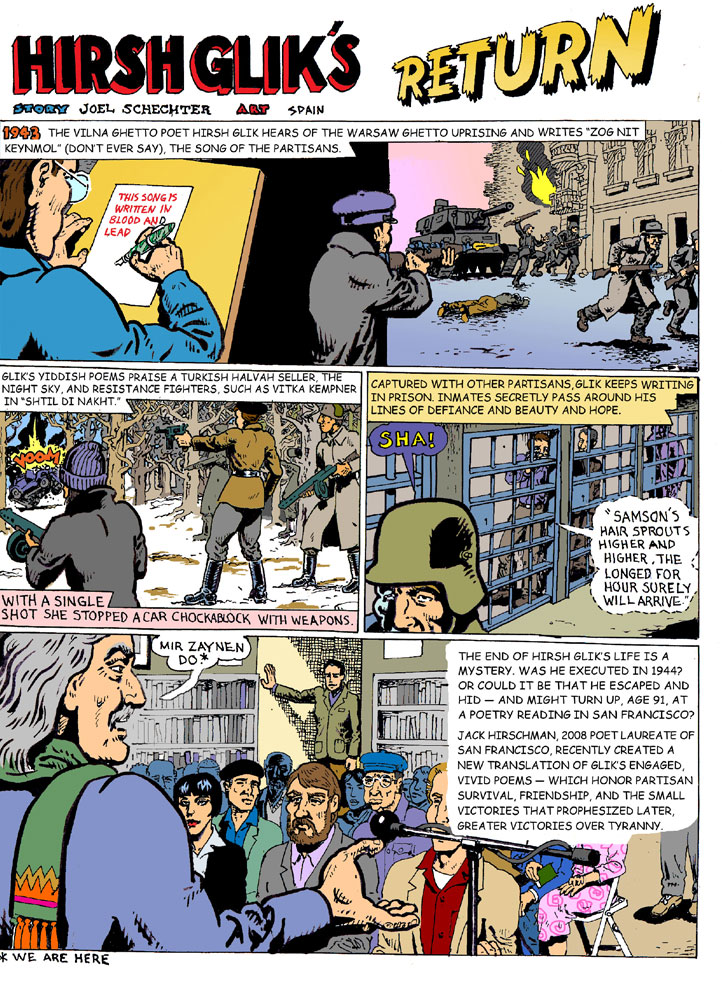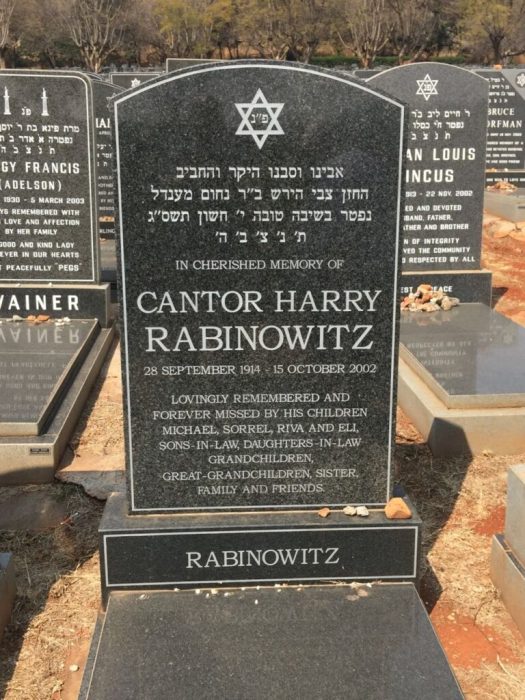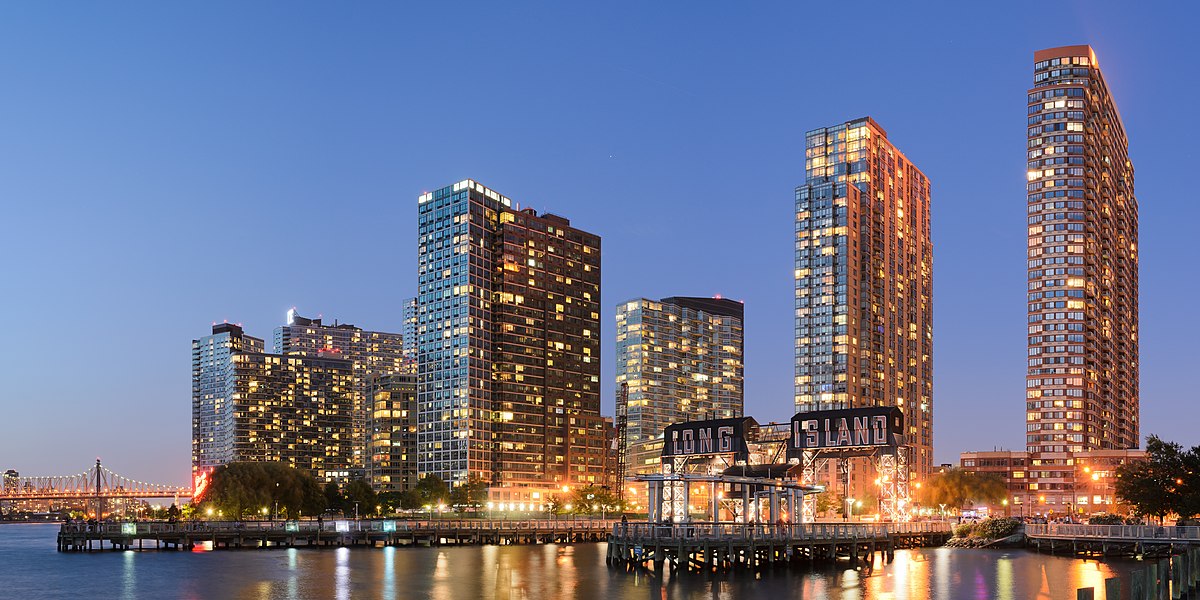From David:
As mentioned before I’m currently working on reprinting in English
-SOUTH AFRICAN LANDMANSCHAFT (Sick and Benefit Societies) books where the societies in Johannesburg remember the towns in Lithuania where they came from:
I also share with you covers of the Keidan and Krakenowo, the booklets completed so far. Bella Golubchik has translated the Hebrew and Yiddish articles into English.

Keidaner Sick, Benefit and Benevolent Society 50th Anniversary Souvenir Programme that I completed a week ago.
This book, Keidan, Our Town In Lithuania, commences with the Jewish history and life in Keidan and then focuses on the destruction of Jewish life in 1941 with the arrival of the Germans. It then focuses on the South African Keidaner Sick Benefit and Benevolent Society.
The book, is an adaptation of the 50th Anniversary Souvenir Programme of the South African Keidaner Sick Benefit and Benevolent Society. While it includes all the contents of the Souvenir Programme, the order has been rearranged.
With the permission of Aryeh Shcherbakov and Andrew Cassel of the Israeli and Keidan Societies several articles, translations and photos from the Keidan Yizkor Book have been included for completeness.
A large proportion of the Souvenir Programme, was written in Yiddish and has now been translated into English thanks to Bella Golubchik, Aryeh Shcherbakov and Andrew Cassel.
KRAKENOWO ~ A TOWN IN LITHUANIA ~ the story of a world that has passed completed some month a ago

I’ve obtained scans of the original Ponevez and the Malater booklets and PG we will translate the articles in Yiddish to English and eventually reprint the booklets all in English.
-SOUTH AFRICAN YIZKOR BOOKS
There are two Yizkor books connected to South Africa and PG will be published in English soon
–The Yizkor Book of Rakishok and environs published in 1952 in SA in Yiddish
-The Keidan Yizkor Book. published in 1977 in Hebrew by the US Israeli and South African Keidan Associations.
Another Yizkor book originating in South Africa is Yizkor book on Chelm – originally published in 1954 in Yiddish in South Africa. The book has been partly translated by Jewish Gen. I offered to help them with the articles that have not been translated but they refused my help and I’m thinking how to proceed.
If you know of any other book or booklets from Landmanschafts in South Africa please let me know!
THE OCHBERG ORPHANS – volume two has 82 chapters and 361 pages and is priced at US$50 (Rand 750). The first volume costs US$80 (Rand1200) and the set (volumes one and two) are on sale for US$100 (Rand1500). To buy books email me your address and please make appropriate donation direct to Arcadia online using your credit card and paying in Rands and use Chev Acc no: 41997. https://www.jhbchev.co.za/pages/OnceOffDonation.aspx
SOUTH AFRICA’S 800 – the Story of South African Volunteers in Israel’s War of Birth in 1948/9
At the request of Joe Woolf, the editor of the book, I have set the book up for very easy reprinting
Shalom, best wishes and good health to you and your family
David
David Solly Sandler sedsand@iinet.net.au
BOOKS COMPILED BY DAVID SOLLY SANDLER
100 Years of Arc Memories published 2006
The Arcadia Centenary book contains the memories of over 120 children of The South African Jewish Orphanage.
More Arc Memories published 2008
A follow-up of the Centenary book with the memories of more than 100 children. ( This book includes a section of 17 chapters on the Ochberg Orphans.)
The Ochberg Orphans and the Horrors From Whence They Came published 2011
The rescue in 1921 of 181 Ukrainian War and Pogrom Orphans by Isaac Ochberg, the representative of the South African Jewish Community, from the horrors of the Pale of Settlement.
The Pinsker Orphans published 2013
The Pinsker Orphans book – in part a follow up of The Ochberg Orphans book – tells of the life and times of the children from the three Pinsk Jewish Orphanages in the 1920s and like The Ochberg Orphans book is but a small part of a much larger and forgotten part of Jewish History, the horrors suffered by the Jews in The Pale of Settlement between the two world wars.
This Was a Man Reprinted 2014
This book is the life story of Isaac Ochberg as written by his daughter Bertha Epstein and first published in 1974.
Reprinted with the permission of the family of Isaac Ochberg z”l with an addendum added.
Memories of Oranjia, The Cape Jewish Orphanage (1911-2011) published 2014
The book is a collection of the memories of many generations of children (over 120) who were in the care of The Cape Jewish Orphanage which was established in 1911 in Cape Town South Africa.
The Memorial Section of the Rakishok Memorial Book
This book was originally published in 1952 in Yiddish by the Rakishok Landmanschaft in Johannesburg. The book has been translated into English by Bella Golubchik and is for sale with all proceeds going to Arcadia Oranjia and the JDC.
Our Litvak Inheritance published March 2016
This book tells of Jewish history, life and times in Lithuania and surrounds – the inheritance of most South African Jews and is the matching volume to Our South African Jewish Inheritance.
Our South African Jewish Inheritance published August 2016
This book tells of Jewish history, life and times in South Africa and is compiled from numerous articles, books and family histories.
South Africa’s 800 The Story of South African Volunteers (Machalnics) In Israel’s War of Birth by Henry Katzew
Reprinted with the permission of Joe Woolf in August 2016
The Ochberg Orphans – volume two- published 2017
A follow up from the first book that includes more of the stories of the Ukrainian Orphans, details of the Pinsk Orphanages and children going to South Africa and rescued by the Pinsker Orphan Relief Fund of London and modern ceremonies, books and documentaries to remember Isaac Ochberg.
Krakenowo ~ a town in Lithuania ~ the story of a world that has passed – published 2017
The reprint of the booklet printed by the South African Krakenowo Sick Benefit and Benevolent Society in 1961 to celebrate its diamond Jubilee. All articles in Yiddish have now been translated into English.
Keidan – our town in Lithuania – published 2017
An adaptation of the 50th Anniversary Souvenir Programme of the South African Keidaner Sick Benefit and Benevolent Society. It commences with the Jewish history and life in Keidan then tells of the destruction of Jewish life in 1941. The book then focuses on the South African Keidaner Sick Benefit and Benevolent Society.
Please contact me to order your book – David Solly Sandler sedsand@iinet.net.au
All proceeds go to Arcadia Oranjia or the JDC
Like this:
Like Loading...




























































































































































































































































































